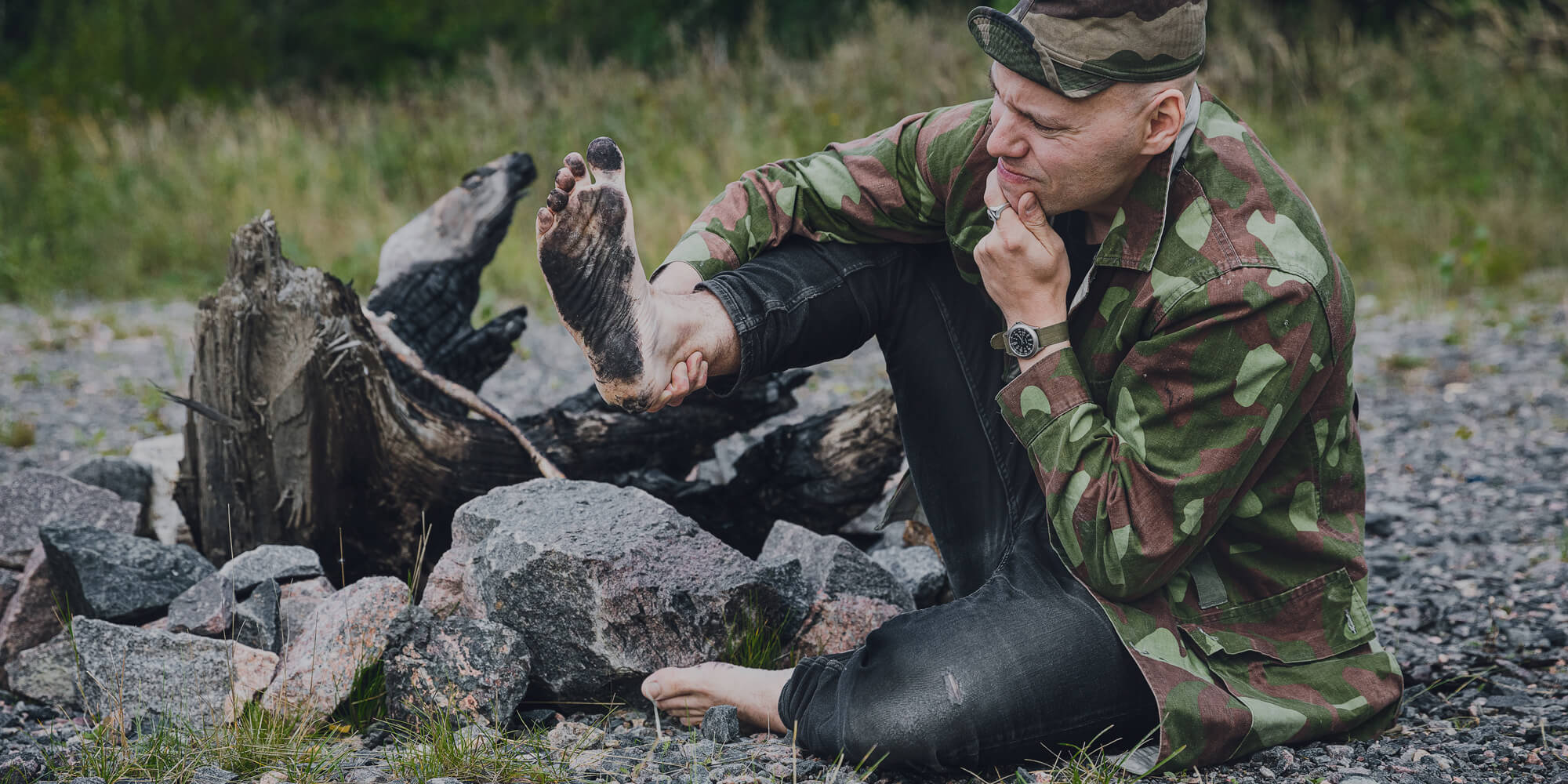
Irresponsibility
Irresponsibility
Varusteleka’s goal is Total World Domination. Conquering the world is kinda tricky if there’s no habitable planet left. While we like to think we’re on the right side, we still have a lot of things to do before we get to call ourselves a sustainable business.All our actions consume non-renewable resources and cause pollution. The climate crisis should have been solved like, yesterday, and that’s why we have begun our efforts to reduce irresponsibility from getting rid of our adverse climate effects and minimizing our other environmental effects.
The toolpack looks like this:
- Material efficiency, i.e. using less destructive materials the most efficiently in products and packaging
- Responsible purchasing, taking the environment into account also in production
- Making durable products suitable for circular economy
- Figuring out, following, and minimizing the emissions from logistics
Our irresponsibility efforts are done the same way we do everything else: tackle tasks head-on, do stuff we can be proud of, share knowledge and experiences, and be on the side of the good guys.